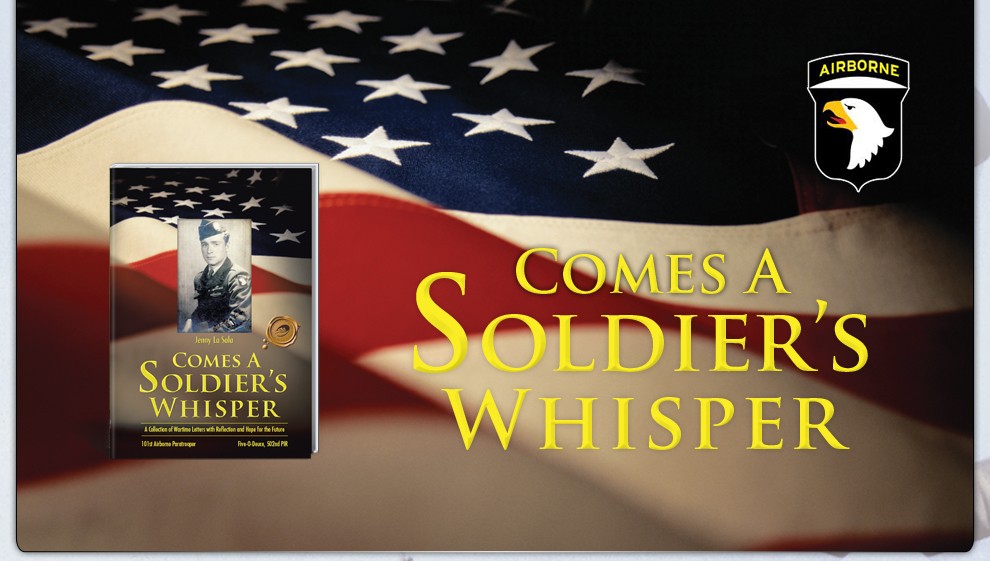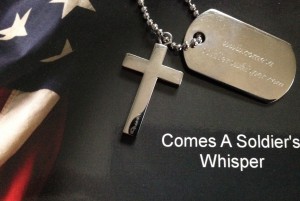


This can be said of all youth of today.
But the focus of this article is on OSWIECIM, Poland — As one gazes out from the main watchtower at the grim desert that is the crumbling chimneys and crematories, vanished prisoners’ huts, barbed wire and ditches of Birkenau, it is hard to fathom that there were corners of the Nazi realm where, collectively, more killing occurred than in the death camps.
Yesterday was the 69th anniversary of the day Soviet forces liberated Auschwitz, was observed as International Holocaust Remembrance Day. Yet a third or more of the almost six million Jews killed in the Holocaust perished not in the industrial-scale murder of the camps, but in executions at what historians call killing sites: thousands of villages, quarries, forests, wells, streets and homes that dot the map of Eastern Europe.
The vast numbers killed in what some have termed a “Holocaust by bullets” have slowly garnered greater attention in recent years as historians sift through often sketchy and incomplete records that became available after the collapse of the Soviet Union. Dr. Silberklang said that “in the popular mind, this subject is far less known than the Holocaust.” The executions became, he said, “in a sense, invisible.”
Father Desbois has worked with the American Jewish Committee on five sites in Ukraine and Belarus to clear them, find their parameters and have them marked. One difficulty, said Deidre Berger, the head of the committee in Berlin, is that Jewish tradition prohibits exhumation. The killing was “secret for Western countries, at a high level,” he said. “It was ultra-public in a village.”
Defining what constitutes a killing site and how to preserve them and for whom was among the many questions the Krakow conference, convened by the 31-nation International Holocaust Remembrance Alliance, was devised to address. Ms. Berger said that “the aim is to have young people take charge of their history.”
“We must anticipate tomorrow,” Father Desbois added, referring to still powerful anti-Semitism and Holocaust denial, “when people will start to say, ‘No, nothing happened here.’ ” These words echo what my 101st Airborne father said when we asked why he brought home and kept photos of the holocaust concentration camps, to which he replied, “because one day people will say it never happened, and I have the proof it did.”
COMES A Soldier’s Whisper remembering history one day at a time…
www.comesasoldierswhisper.com





